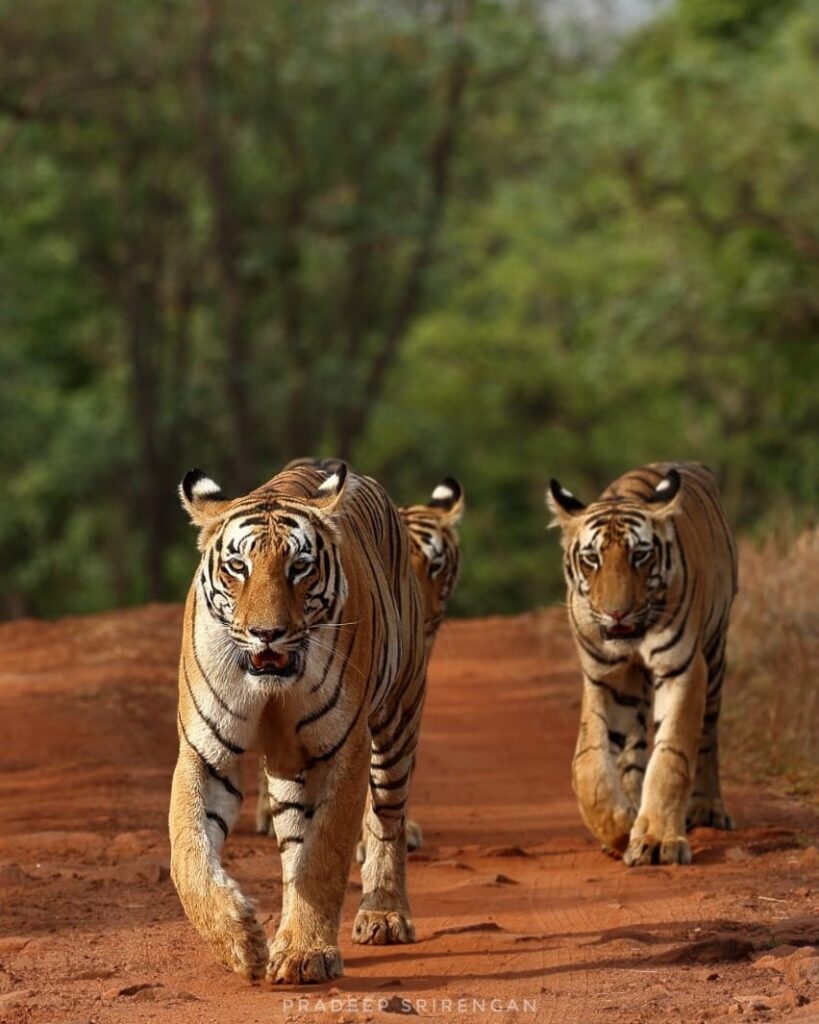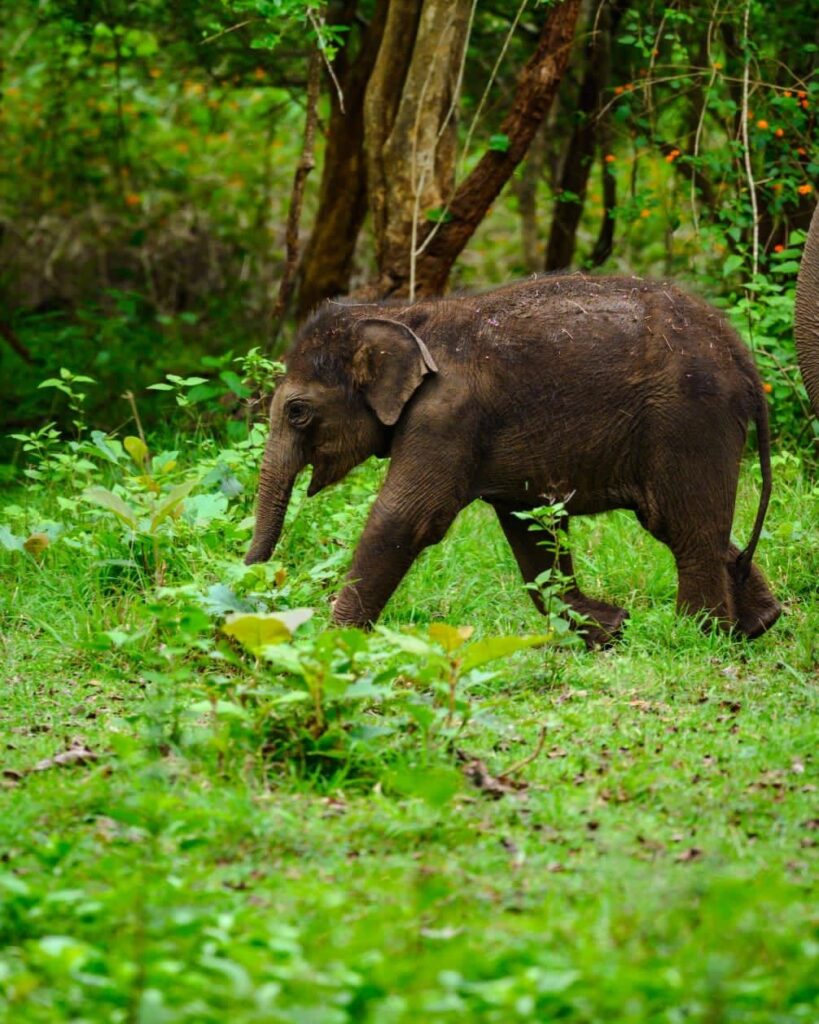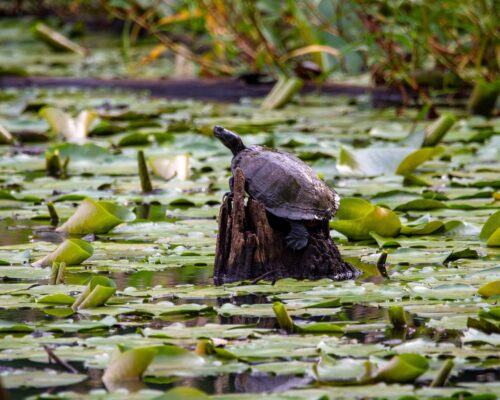India is home to a wide variety of animal species due to its varied terrain and abundant biodiversity. The nation is home to a diverse ecology that has been molded by thousands of years of evolution, including stunning tigers, elephants, birds, and reptiles. Unfortunately, an issue that is quickly becoming worse deforestation threatens to destroy this priceless natural asset.
One of the main factors contributing to the loss of animal habitat in India is deforestation, which entails cutting down trees and other plants from a location. In the past ten years alone, India has lost more than 1.5 million hectares of its forest cover, according to a new analysis by the World Wildlife Fund (WWF). Wildlife populations have been severely impacted by this, and they are currently battling for survival in fragmented and damaged habitats.
The Bengal tiger is one of the most conspicuous casualties of deforestation in India. The Bengal tiger, India’s national animal, is a well-known representation of the nation’s wildlife heritage. Unfortunately, due mostly to habitat loss and fragmentation brought on by deforestation, its population has drastically decreased in recent years. India currently has little over 2,200 wild tigers surviving, down from an estimated 3,600 in 2002, according to the most recent census statistics.

Elephants, leopards, rhinoceroses, as well as several primate, bird, and reptile species, are among the other wildlife species in India that are in danger as a result of deforestation.

The effects of deforestation in India, however, do not just affect animals. The climate, water supplies, and human populations are all adversely affected by the loss of trees. Carbon dioxide, a major greenhouse gas that contributes to climate change, is naturally absorbed and stored by forests, which act as natural carbon sinks. As a result, deforestation considerably contributes to climate change and global warming.
In addition, woods are essential for controlling the flow of rivers, rainfall patterns, and groundwater recharging. These natural processes can be hampered by deforestation, which can result in water scarcity, soil erosion, and other environmental issues.
Deforestation also has an impact on the human groups whose livelihoods depend on forests. The woods of India are a major source of food, medicine, and other resources for many indigenous and tribal groups. These communities lose their traditional knowledge and ways of life, as well as their access to these resources, when forests are destroyed or lost.
We must act quickly to conserve our forests and animals given the far-reaching effects of deforestation in India. All parties, including governments, corporations, and civil society, must work together on this.
At Red Earth, we understand the value of eco-friendly and sustainable travel in preserving India’s forests and wildlife. We are dedicated to reducing our environmental effect and fostering sustainable practices as a responsible resort. We support regional conservation efforts, reduce waste and pollution, and employ renewable energy sources.
We think sustainable tourism can be a potent instrument for community growth and conservation. We can assist the local economy and people while also preserving India’s natural heritage by encouraging responsible tourist practices.
In India, deforestation and the loss of wildlife are critical environmental problems that demand quick response. Deforestation has effects on human populations, water supplies, the environment, and the climate in addition to the loss of animals and forests. Our resort in Tadoba, Kabini and Gokarna are dedicated to encouraging environmentally responsible and sustainable travel as a means of preserving our forests and animals. By selecting eco-friendly and sustainable travel alternatives and assisting regional conservation programmes, you can join us in this endeavour.
To preserve India’s natural legacy for future generations, let us work together!
How does deforestation affect wildlife in India?
When trees and other plants are cut down, animals lose food, shelter, and places to raise their young. This is called a direct loss of wildlife habitat. Our Resorts in Tadoba, Kabini, and Gokarna are committed to promoting environmentally responsible and sustainable travel as a way to protect our forests and animals.
What is the state of deforestation in India right now?
In 2010, India had 31.3Mha of natural forests, which covered more than 11% of the country’s land area. In 2021, it lost 127 hectares of natural forest, which is the same as putting out 64.6 million tonnes of CO2. Explore interactive charts and maps that show some of the most important facts about India’s forests.
What is the reason for wildlife depletion in India?
Almost always, threats to wildlife can be traced back to things that people do. With the rise in population, more and more land is being cleared for farming, living, and other kinds of development. The main reason why animals die out is that their homes are being destroyed.
What is India’s policy on deforestation?
In India, the Forest Conservation Act of 1980 says that any organisation that wants to use forest land for something other than forestry must support “compensatory afforestation.” This is when trees are planted (either directly or through the forest department) to make up for the trees that were lost.



